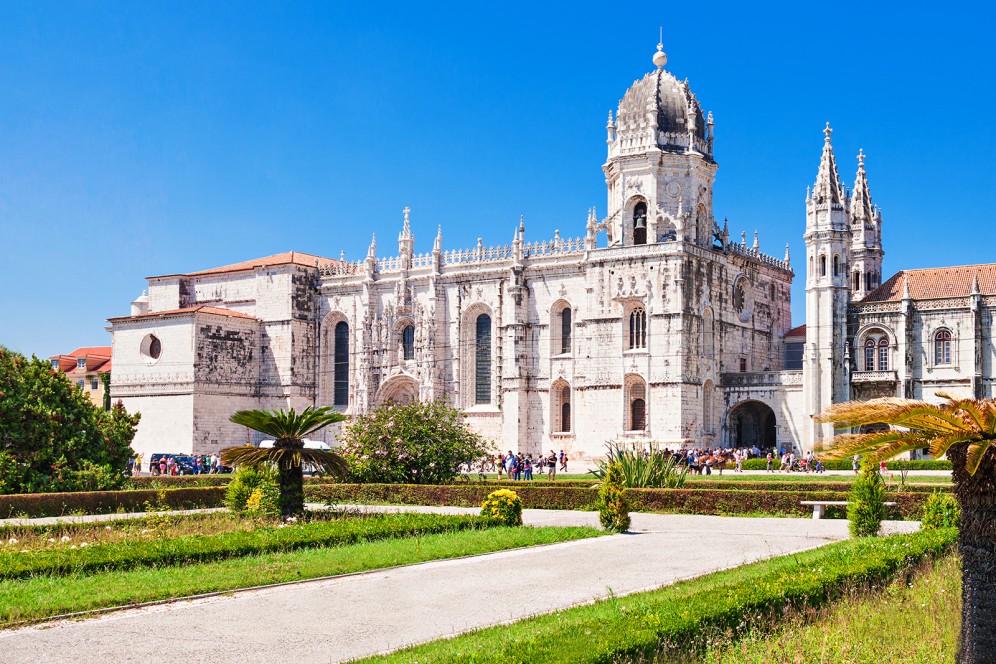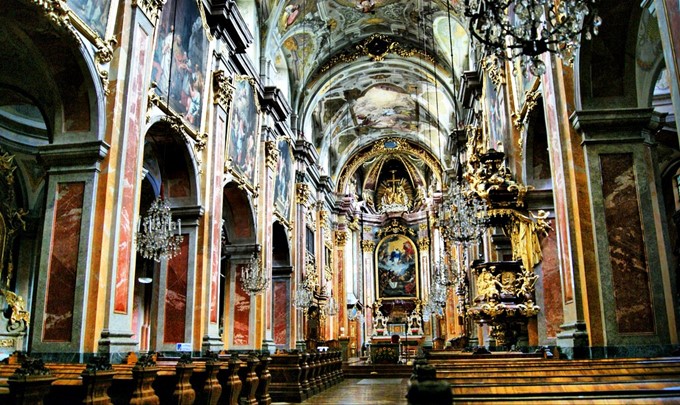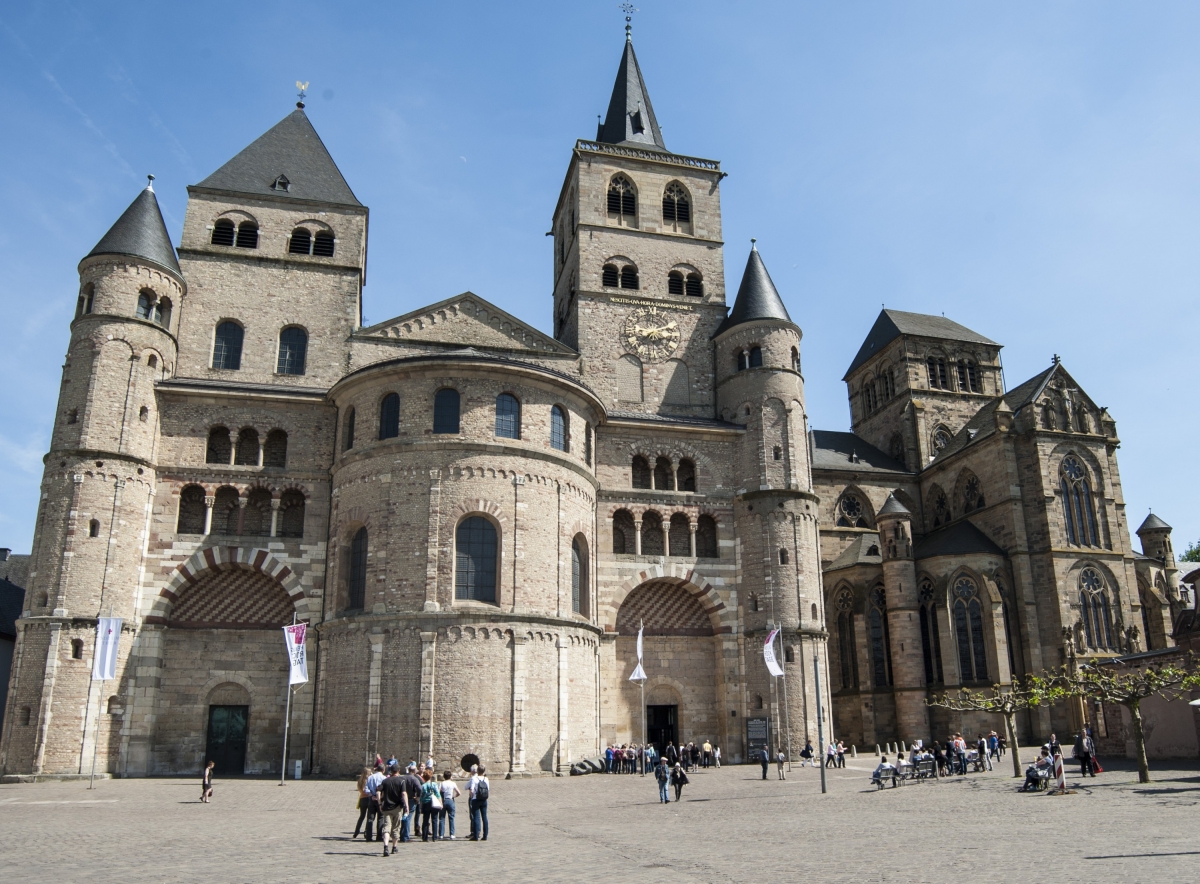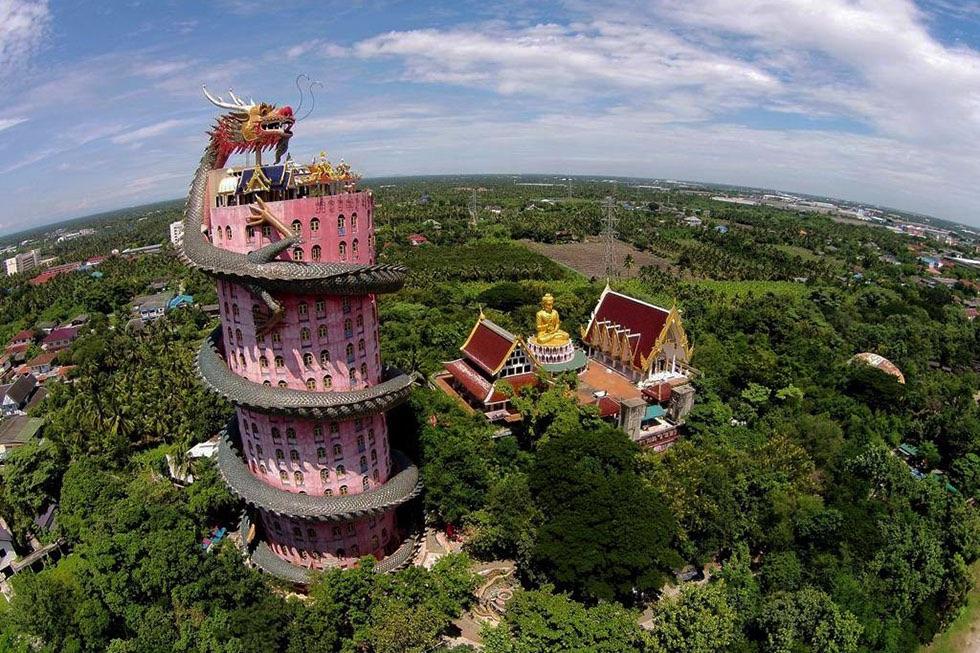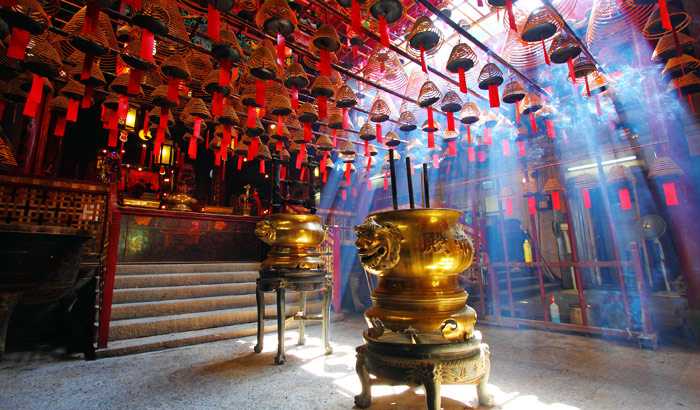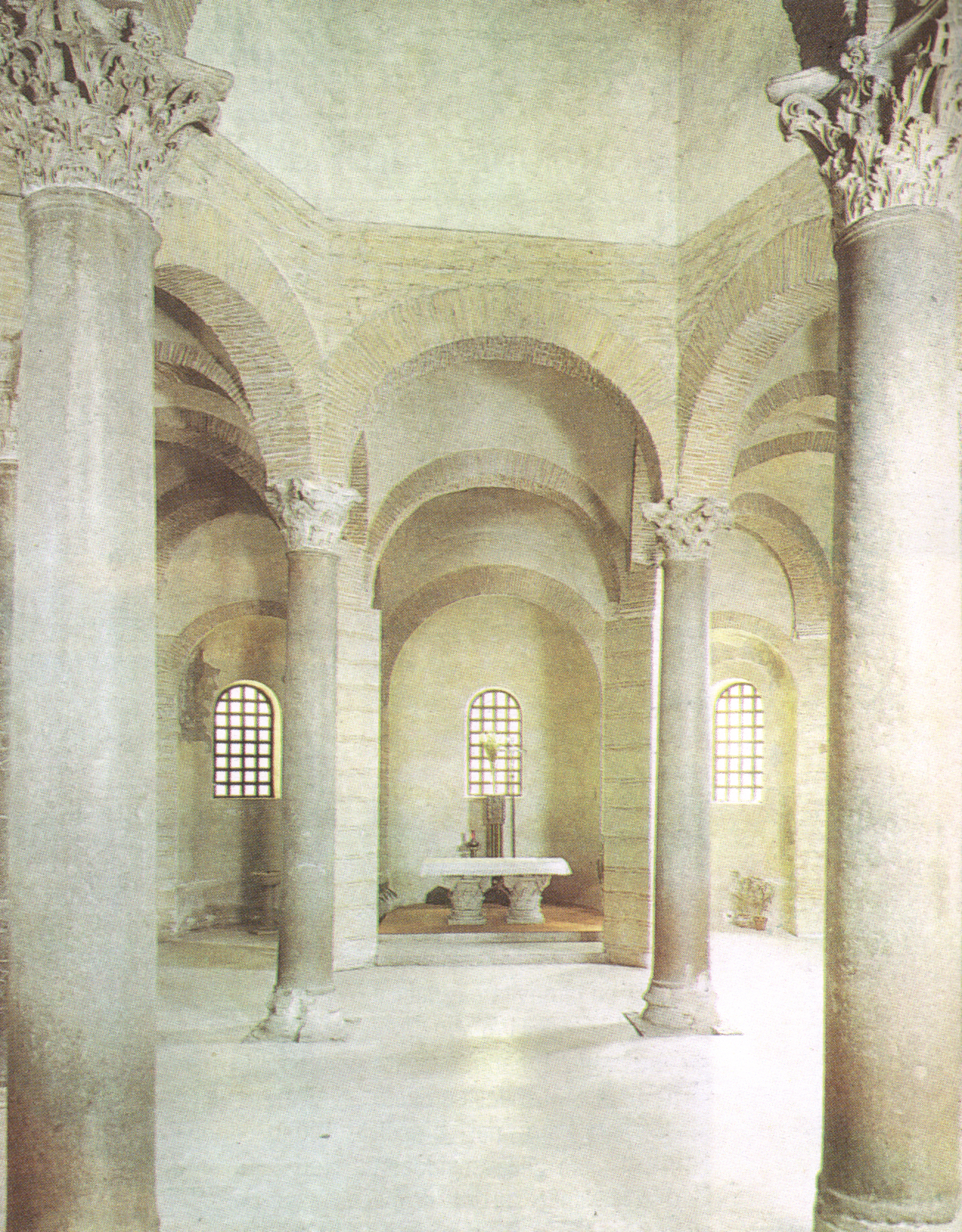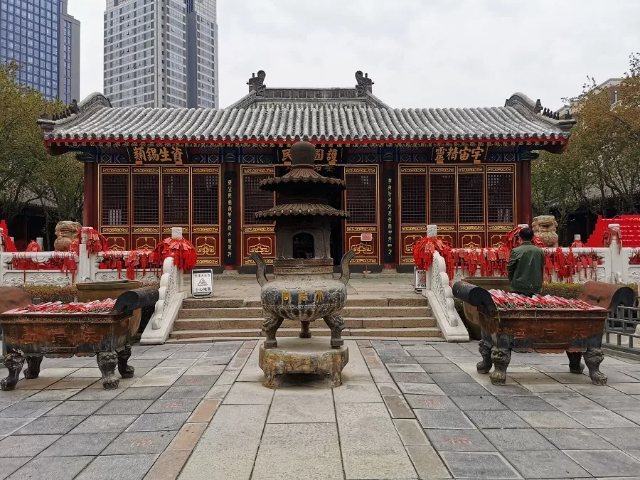The Monastero dos Jeronimos is one of the greatest masterpieces of Manueline art in the world.
It was built by King Manuel 1 to celebrate the return of Vasco de Gama after discovering the route to the Indies. Due to its beauty, it has been declared a UNESCO World Heritage Site.
Built to demonstrate the political power of the Kingdom of Portugal, it also represents a sort of thanksgiving to God for the wealth encountered and brought back home by Vasco de Gama, en route to the Indies. Its location on the coast recalls the period of great expansion at the end of the 15th century and, more precisely, the point where the navigator, together with his men, gathered in prayer the night before setting sail.
Work began between 1501 and 1502 and was completed about a century later. The architectural elements that make up the monastery are wonderful, such as the sculptures of exotic plants and animals and the symbols of the art of navigation, typical of the Manueline style. The exterior is opulent and covers the magnificence of the portals, while the interior is simpler, formed by a single nave and several chapels. There you will find the Main Chapel, the Sacristy and the Royal Pantheon. The cloister is one of the most admired of all Portugal, due to its quadrangular shape, the many sculptures with very elaborate decorations.
Inside the Monastero dos Jerònimos are the tombs of King Manuel I and his family, Vasco de Gama, the poet Luis de Camões and Fernando Pessoa.
In the Monastery complex you can also visit the Museu Nacional de Arqueológia (National Museum of Archaeology) and the Museu da Marinha (Marine Museum).
